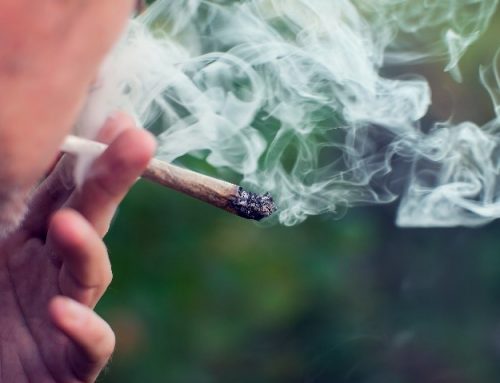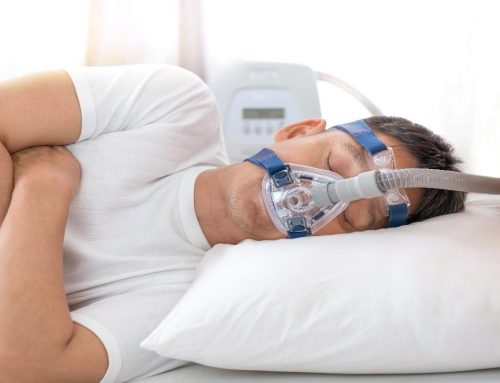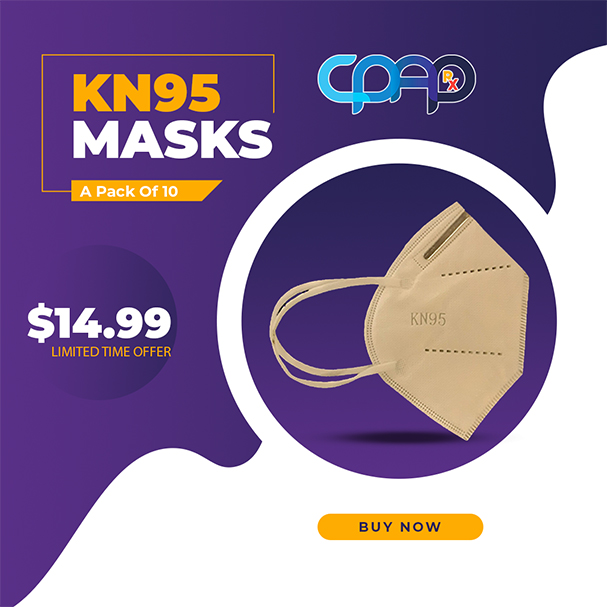Table of Contents
- Alternative Sleep Apnea Treatments and Why CPAP is the Best
- Why Some Patients May Find CPAP to Not Be the Best Option
- Positional Therapy
- Throat Exercise
- BiPAP (Bilevel Positive Airway Pressure)
- PAP Variations
- Mandibular Advancement Devices
- Tongue Retaining Mouthpieces
- CPAP is the Best Option
- CPAP Machines and Their Inconveniences
- Resources and References
Alternative Sleep Apnea Treatments and Why CPAP is the Best

Though there are alternative sleep therapy treatments, CPAPs are often the leading choice for most sleep apnea cases.
If you suffer from obstructive sleep apnea, the chances are that sleep specialists have prescribed CPAP therapy for you, and it is with reason. When it comes to the treatment of sleep apnea, CPAP therapy is widely considered to be the gold standard. However, it is not always the best option for every obstructive sleep apnea patient.
Why Some Patients May Find CPAP to Not Be the Best Option
Some patients find the use of nasal pillows or a mask very uncomfortable. Others have reported experiencing issues with the pressure produced by the CPAP machine, mostly during exhalation. For patients that travel often or vacation a lot, they consider the CPAP machine a hindrance to their travels and would prefer not to take it with them wherever they go.
Unfortunately, for the reasons given above, some patients prefer not to undergo treatment, thinking that CPAP treatment is the only way to treat their obstructive sleep apnea. Thankfully this is not the case. Given the many challenges, one is likely to go through if sleep apnea goes untreated, such as high blood pressure, heart problems, stroke, depression, diabetes, etc., it is crucial for OSA patients to seek treatment.
Below are some treatment alternatives for obstructive sleep apnea that have proven effective.
Positional Therapy
Positional therapy has been proven to work for those who suffer from mild obstructive sleep apnea. People who sleep on their backs are at risk of severe sleep apnea, including the worst snoring. To prevent the upper airway from collapsing as the patient sleeps, sleep specialists advise that you sleep either on your right side or on your left side.
To ensure that patients don’t sleep on their backs, there are special shirts that have tennis balls sewn on their backs that will keep the patient from back sleeping. In addition, there now exists technology that will alert the patient when they are supine. A sensor located behind the patient’s neck vibrates every time they lie on their back.
Throat Exercise
There is renewed interest in throat exercises as a way to tone the muscles that line the upper airway. The prescribed throat and tongue exercises are primarily meant for people with snoring issues. For a demonstration of these exercises, you can watch this video. For the best result, it is recommended that you do these exercises every day for not less than 10 minutes and 3+ months.
“If you are trying to get used to your CPAP therapy and need to make the transition just a little easier and more convenient. Purchase a CPAP cleaner today.”
Even though the throat exercises are not likely to fix obstructive sleep apnea, there is a high chance that they will reduce their severity.
BiPAP (Bilevel Positive Airway Pressure)
Whereas CPAP offers single fixed pressure, BiPAP offers split pressures, which in turn provide improved comfort. One mode of pressure enhances inhalation, while the second mode includes pressure for exhalation.
PAP Variations

Some patients choose to quit CPAP therapy due to its many inconveniences. This is one of the reasons CPAP cleaners were created.
There are three different forms of PAP (Positive Airway Pressure) therapy, and CPAP is only one of them. As mentioned above, switching to a different type of PAP therapy might be the solution. Other forms of PAP therapy include:
- APAP – Autotitrating Positive Airway Pressure
- BPAP – Bilevel Positive Airway Pressure
- Sleep Dentistry
In some patients, the symptoms of obstructive sleep apnea manifest due to their physiology. Factors such as sinus passages or a naturally narrow nasal passage might lead to sleep apnea symptoms. In other cases, patients with sleep apnea experience trouble breathing due to issues such as postnasal drip as well as tissue drainage. Such patients may not do well with pressurized air therapy.
The best alternatives in such instances are oral devices. Some forms of oral appliance therapy include tongue retainers as well as mandibular advancement devices, also shortened as MAD. If you suffer from mild obstructive sleep apnea, you might want to consider oral appliance therapy as it has proven effective. In fact, it is in the first line of treatment for patients suffering from mild obstructive sleep apnea.
Mandibular Advancement Devices
These devices are styled similar to mouthguards and work by advancing the lower jaw. When combined with a forward reposition of the tongue, it leads to a more open airway. The user then uses a jaw repositioning mouthpiece which allows the bite to adjust back to its natural position in case it shifts during the night.
Tongue Retaining Mouthpieces
They act somewhat similar to the MADs mentioned above in the sense that they help get the tongue out of the way. The significant difference is that this oral appliance is placed on the tongue and rests on the outer part of the lips and not inside the mouth.
CPAP is the Best Option
Despite these other apnea solutions, it is likely if your sleep apnea is moderate or severe that your physician will start you with CPAP therapy. Despite many patients claiming this process to be too uncomfortable and giving up on the treatment, it is the most useful and successful method of treatment for the most significant number of patients. Unfortunately, most patients give up too easily on CPAP despite it being the best option for treating obstructive sleep apnea. Some of the reasons that discourage users from going through with CPAP therapy is as simple as using the wrong mask.
Patients should consider working with their sleep therapist on a timeline. If they don’t adjust to new changes after a set amount of time, they should then talk to their doctor to try a different mask, a separate pressure setting, or a different type of PAP machine.
CPAP Machines and Their Inconveniences

Choose Best CPAP Cleaners to help you make your sleep therapy more hygienic and more convenient today.
Though the discomfort and restlessness that a CPAP machine can cause the patient at first is inconvenient, some of the more significant lifestyle inconveniences can make the CPAP user want to discontinue their sleep therapy even more. A few of those challenges include traveling with a CPAP device and the upkeep required for maintenance on the equipment associated with the CPAP. There are specific device regulations with most airports and train stations that will have to be followed. Also, most CPAP equipment manufacturers require CPAP users to clean parts of their CPAP gear daily.
Though cleaning your CPAP equipment can be an inconvenience, it doesn’t have to be! With a CPAP Cleaning device from Best CPAP Cleaners, you can mark disinfecting your CPAP gear off of the list of reasons to not want to have to use your CPAP. There are a few different options available. The VirtuCLEAN is excellent for traveling with, the SoCLEAN offers a more hands-free and one of the most hassle-free automated sanitizing processes, while the Lumin and Lumin Bullet can clean more than just your CPAP equipment.
If you are trying to get used to your CPAP therapy and need to make the transition just a little more comfortable and more convenient, purchase a CPAP cleaner today.








 Shop
Shop



